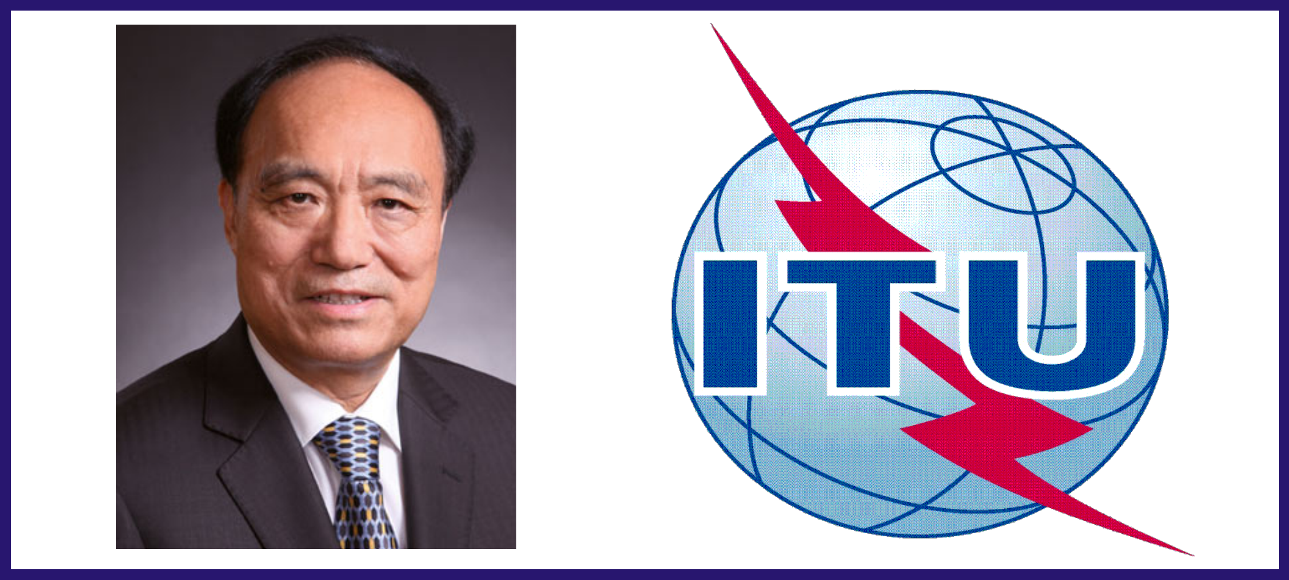A new report from ITU and networking giant, Cisco, identifies the Internet of Things (IoT) as a major global development opportunity that has the potential to improve the lives of millions and dramatically accelerate progress towards the UN Sustainable Development Goals.
Launched at the Pacific Telecommunications Council annual meeting in Hawaii, “Harnessing the Internet of Things for Global Development” outlines how IoT could have a major impact in areas such as grassroots delivery of health care and education, positively transforming communities within a time frame that would have been unimaginable even a few years ago.
The joint report argues that strong demand for IoT technologies has created a huge array of IoT devices that are readily available, affordable and scalable for developing countries, providing an ideal platform to energise growth in emerging economies and improve people’s quality of life significantly – all with minimal investment.
The ITU/Cisco report points to evidence of IoT already having an important impact on health, education and livelihood programmes (such as agricultural productivity) in developing countries.
It cites three prime drivers that, if supported, could create an ‘IoT revolution’ in the developing world:
Availability: IoT devices are already common, cheap and easy replaceable in developing markets. Basic infrastructure to support IoT (Wi-Fi, Internet cafés, etc.) is already in place in many developing communities, with near-ubiquitous basic mobile connectivity (95% global 2G coverage, according to ITU’s latest statistics) and growing levels of 3G coverage (89% of the world’s urban dwellers – but only 29% of rural inhabitants).
IoT devices are increasingly being used in rugged, remote and inhospitable environments. ‘Extreme conditions’ operating parameters are now being built into IoT specs as more and more devices are required to operate outside in varying conditions and climates – making them well-adapted for challenging environments.
Affordability: IoT R&D costs continue to be absorbed by strong demand in developed world markets, and there is little cost associated with ‘tweaking’ IoT devices for the developing world. The report also notes that in many cases, more complex developed world infrastructure is not required or necessary for developing markets; ‘core IoT’ is readily available and provides a digital backbone to build upon.
Scalability: IoT devices are designed to be scalable. Many devices already offer very simple ‘plug & play’ functionality and do not require skilled technicians for installation or maintenance. Reduced and alternate power supplies (such as solar) can maintain sensors and networks where there is no consistent electricity supply, making them ideal for countries struggling with irregular or unavailable grid power.
Finally, IoT devices also tend to be highly flexible, offering short- or long-term solutions and expansion at the household’s, the community’s or the country’s ‘own’ speed.
“The Internet of Things is one of the most exciting areas of our fast-evolving ICT industry, offering huge potential for disruption and transformation. In the context of global development challenges, this means we have the potential to surmount long-standing hurdles in basic services like health care, both quickly and affordably. IoT could prove the long-awaited new approach that will help turn-around developing economies and greatly improve millions of people’s day-to-day lives,” said ITU Secretary-General, Houlin Zhao.















